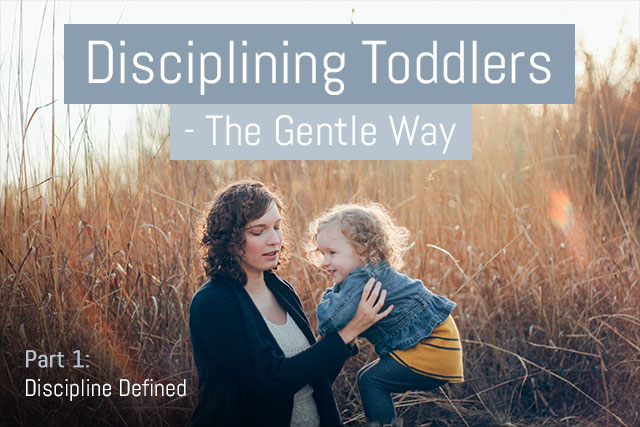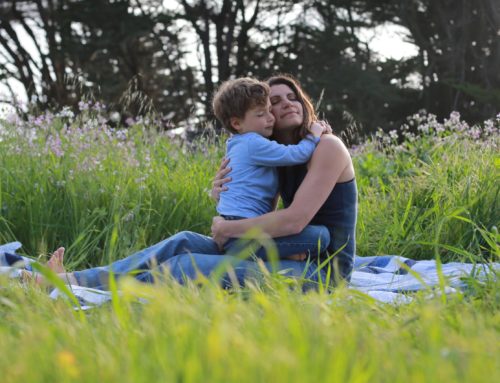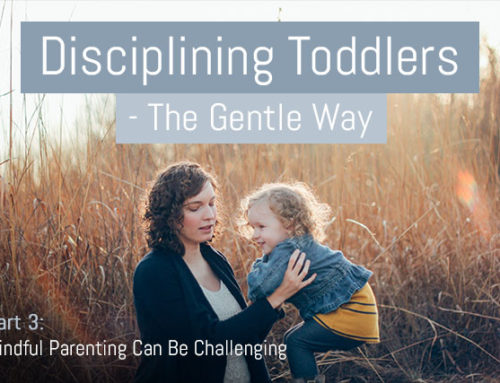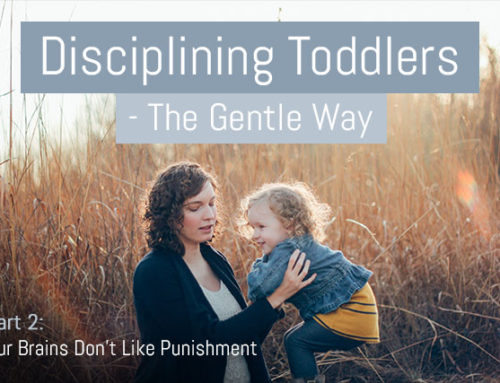Part 1: Discipline defined
Ask any mom of a toddler: disciplining children is uber challenging.
It’s even harder for single moms, moms with special needs kids, moms with kids who are sick, moms who are sick or who have a partner who is sick, moms without financial resources, moms without solid social / emotional support (most of us!) and moms of multiples.
I’m going to share my perspective about discipline, but please know that you don’t have to agree with me!
In fact, I think it’s better if you don’t just agree with me – but rather experiment with a few approaches and see what works for your family. Take what works, and leave what doesn’t!
Then — and this is important — use the comment section to let me and the other moms in our community know what you discover from your experiments.
But first, let’s talk about what “discipline” actually means.
Discipline: It may not mean what you think it means.
For many of us who grew up in households that used conventional childrearing approaches, we may associate the word “discipline” with the word “punishment,” or perhaps “self-control.” And if you look at the dictionary, those are the first and most popular definitions of the word.
But here’s something you may not know: the root word of “discipline” is discipulus, or “student”– which is also related to the word “disciple.”
Discipline comes from a root word which means “to learn”.
Rather than punishing our kids in order to get them to “do as we say”, when we we approach discipline as helping our toddlers to learn something new, it helps us to be more patient as they learn.
Learning takes more time than you think
Brain science tells us whenever people learn something new, no matter how old they are, it requires patience and time.
Lots of it.
Brain research suggests it takes approximately 1,000 times of trying something new and complex (and regulating emotions is an extremely complex process) before a complex, new skill or concept can be done quickly and easily. That’s because when we learn something new, we are actually creating new connections between existing brain cells – like laying down railroad tracks between cities. And it takes time to lay down those tracks – and to establish these well worn connections that flow smoothly and easily!
Which means when we try to teach our children not to yell when they are angry, we will have to teach them this one thing every single day for about 3 years straight before we reach the requisite 1,000 times.
Let’s face it: no matter which approach we use, it’s gonna take a while. There’s no “quick and easy” solution to teaching our kids. They won’t learn it after a year of teaching them every single day, or 2 years of teaching them every single day. It’s just not physiologically possible for their little brains to “get it” right away.
It’s gonna take 3 years. Yup! We’re in this teaching thing for the long haul.
My perspective is:
If it is gonna take them a long while to learn what I am trying to teach them, no matter what approach I use, I want to use the most gentle, loving approach that will bring the most effective outcome.
Something to consider:
What if setting limits with warmth and love is just as effective in disciplining kids – in helping them learn what we are trying to teach them – as setting limits with angry, harsh tones?
Something else to consider:
What if setting limits with warmth and love is more effective in disciplining kids – in helping them learn what we are trying to teach them – than setting limits with angry, harsh tones?
If you knew this was true, which approach would you choose?







Let me know your thoughts! I’d love to hear. And make sure to read Part 2 and Part 3 as well!
Enjoyed every bit of your blog. Much thanks again. Cool. Angelica Horatio Ultan